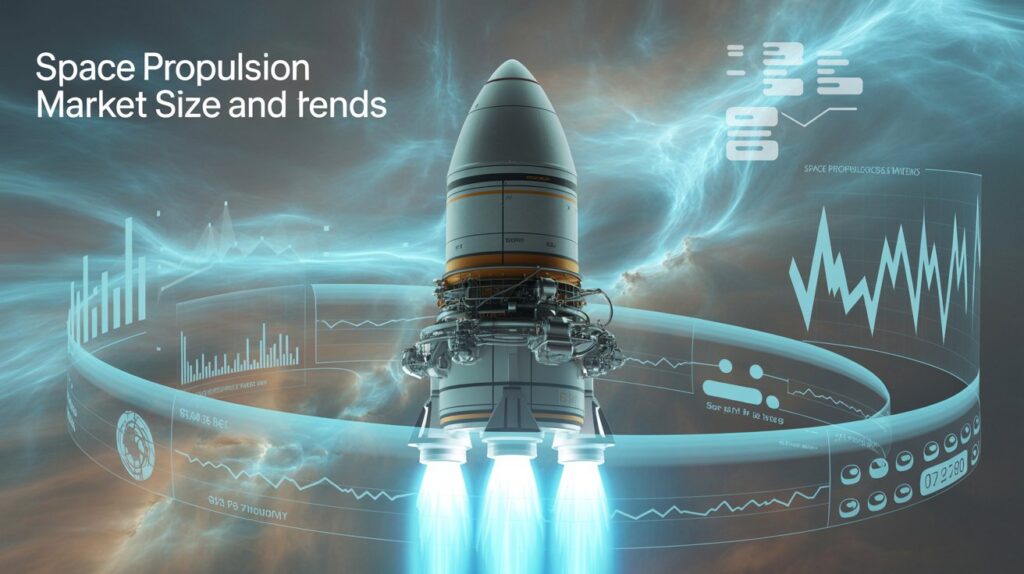The landscape of space propulsion is undergoing a significant transformation, fueled largely by the rapid growth of the commercial space sector. Once dominated by government agencies, space is now increasingly populated by private players who are investing heavily in next-generation propulsion systems to meet evolving demands for efficiency, flexibility, and sustainability.

Commercial companies like SpaceX, Blue Origin, Amazon (Project Kuiper), and OneWeb are at the forefront of deploying thousands of satellites into low Earth orbit (LEO) to support global broadband, Earth observation, and IoT services. These large-scale constellations require propulsion systems that can ensure precise orbital positioning, station-keeping, collision avoidance, and end-of-life deorbiting. To address these needs, companies are embracing electric propulsion technologies such as Hall-effect thrusters and ion propulsion, which consume less fuel and offer high maneuverability over long mission durations.
Download PDF Brochure @
https://www.marketsandmarkets.com/pdfdownloadNew.asp?id=118742255
Reusable launch vehicles are another major driver of propulsion innovation in the commercial sector. The success of Falcon 9, for example, has proven the economic viability of reusability. This has encouraged other companies to develop hybrid and electric propulsion systems tailored for multiple missions, significantly reducing operational costs and turnaround time between launches.
Furthermore, the push toward sustainable space operations is compelling commercial firms to explore green propulsion alternatives. Non-toxic propellants, low-emission engines, and propulsion systems designed to minimize space debris are gaining popularity as regulatory bodies impose stricter environmental standards.
In addition to satellite deployments, commercial ambitions are expanding to include space tourism, lunar missions, and deep-space mining—all of which demand advanced propulsion capabilities. Companies are now collaborating with national space agencies, research institutions, and propulsion startups to co-develop scalable and modular systems for diverse mission profiles.
Ultimately, the commercial space sector is not just adopting propulsion technologies—it is actively shaping their evolution. By driving demand for affordable, efficient, and sustainable propulsion, these players are accelerating innovation and redefining the future of space mobility.